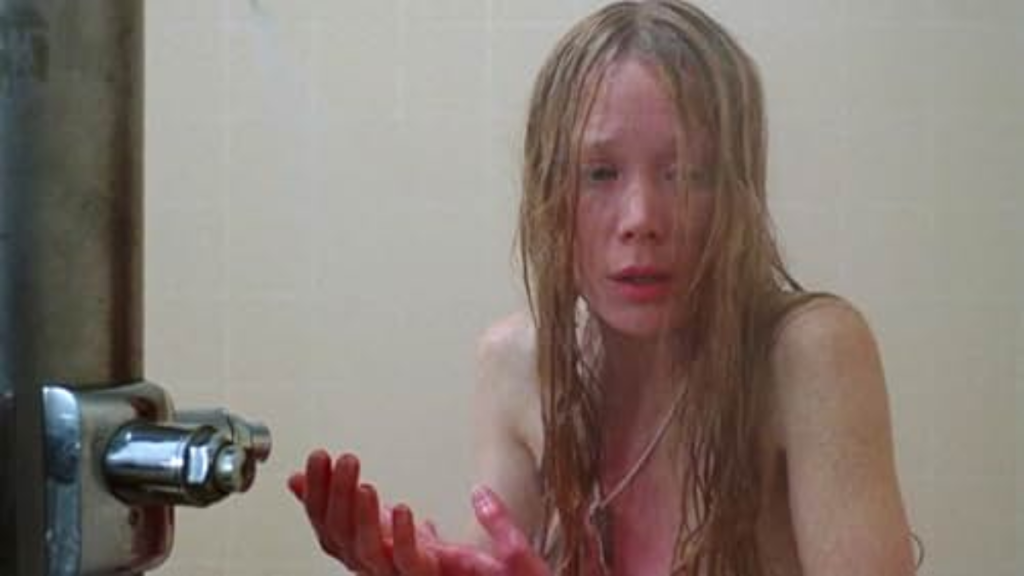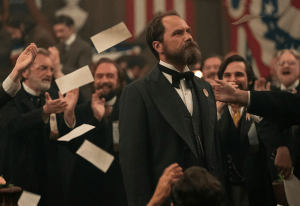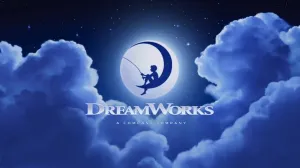Stephen King entered the zeitgeist of American storytelling a half-century ago, and he has not left it since. Decade after decade, Hollywood has returned to the well that King created and continues to fill it with stories that tap into the fears all around us. The novelist has channeled his demons into the pages of his novels, grounded his phantasmic tales in reality, and made it easy for his fans to follow along. As the King adaptations have piled up over the years, many connoisseurs of his work have spotted some differences in what’s in one of his novels versus what appears on the screen. There, indeed, are some movie moments that hit harder than a quiet reading session.
Videos by ComicBook.com
Let this list serve not as a critique of what’s scary in a King novel and what isn’t, but rather as a celebration of an author who creates cinematic moments of horror in his books that get elevated to a grander scale when put into movies.
Every Chase Scene in Christine
We often forget that two masters of horror had their names side by side in a 1980s horror film. Stephen King’s novel Christine, about a possessed car, was directed by John Carpenter, hot off the heels of his box office bomb, The Thing. King’s words of a killer car in hot pursuit of people are as terrifying as they come, but when you match them up with Carpenter’s score and atmospheric aesthetic, you can’t help but think the material gets a bit of an upgrade.
The scene where Christine chases down a few antagonists of the film while on fire is nightmare fuel, yet it’s incredibly cinematic. Carpenter shoots it like he has a chip on his shoulder, only to prove why he’s a master of his craft. His synth score only amplifies the visuals of a car that is on fire trying to run down someone. It’s an action scene fused with dread.
The Shower Room Scene in Carrie

Some would like to argue that Stephen King owes a debt to Brian DePalma for adapting his novel about a troubled teenager (Sissy Spacek) who decides to turn the tides against those who bully her at school with her telekinetic powers. Carrie is full of moments that live in the fabric of horror movie fans’ DNA. The climactic prom sequence, the final jump scare, and all the scenes where Carrie is home with her abusive mother are loaded with traumatic moments. Still, the film’s opening scene follows Carrie having a vulnerable moment of going from a girl to a woman, which has left emotional scars on all who have witnessed it.
DePalma has been a director known for edging himself into the arena of exploitation in the past; however, he shoots Spacek in a very sensual way, even with nudity, but then the moment is ruined when Carrie realizes she has her period. She grows in fear, not knowing what is happening. Then everything is turned on when Carrie’s classmates laugh at her and throw tampons at her as she needs help with a moment of young womanhood that she can’t handle alone. On paper, the sequence is indeed scary, but on film, it leaves audiences saddened and sets the tone for the rest of the film.
“Here’s Johnny” in The Shining
Stephen King has been very vocal about his disapproval of Stanley Kubrick’s 1980 adaptation of his book, The Shining. The story was a personal one for King that delved deep into his issues with alcoholism and fears of his own about a father who deserts his family (King’s father left him and his mother when he was a little boy). Despite all of that, the film has gone on to receive the label of one of the scariest movies of all time. Something that was aided by the performance of the late Shelley Duvall as a terrified mother trying to protect her son from her psychotic father, played by Jack Nicholson.
The film’s climactic scene, where Nicholson, as the character Jack Torrance, chops a bathroom door down with an axe to get at his wife and son during a moment of sheer madness, has an improvised line that now garners a laugh but still can double down as a moment full of horrific dread. The line “Here’s Johnny!” was improvised by Nicholson and kept in the film. Although there is a sequence in the book similar to this scene, Jack Torrance never utters these lines in the novel.
Pet Sematary Creates Every Parent’s Worst Nightmare
Horror films are meant to shock us, but they still follow specific codes, one of which is killing children. Since King knows how to tap into very human fears while adding a horrific out-of-this-world twist to them, of course, he had to develop something where a small child dies. Case in point: Gage’s death in Pet Sematary.
The original Pet Sematary may have aged a bit since it was released nearly 40 years ago. Still, the sight of little Gage wandering off onto the road only to have him hit by a big rig truck can give any parent anxiety while watching it. Yes, the death sets off the plot of Gage’s return, where he ends up being a more sinister version of himself, but the sequence is still remembered for its realism in creating every parent’s worst nightmare.
The Sledgehammer Scene in Misery
There are just some directors that get how to adapt Stephen King. One of them is Rob Reiner. The novel Misery centers around a psychotic fan of writer Paul Sheldon, who keeps him captive after taking him in after a brutal, life-threatening car accident. In the book, Sheldon tries to escape the grasp of his captor, Annie Wilkes, by sneaking out of the bedroom he has been confined to. Wilks then severs Sheldon’s foot and cauterizes the stump with a blowtorch.
It’s brutal stuff, but that didn’t work on screen, so Reiner made it more shocking. We all now know the infamous sledgehammer scene in the film. Rather than Annie Wilkes (Kathy Bates) cutting off Paul Sheldon’s (James Caan) foot, she puts a piece of wood between his feet while he lays in bed and whacks both ankles. The scene is one of the biggest “look away” moments with an excellent practical effect of the feet. When people think of Misery now, they think of this scene.
Jacob Tremblay’s Scream in Doctor Sleep
Mike Flanagan has become the newest director to hone in on telling a good Stephen King adaptation. His magnum opus was 2018’s Doctor Sleep, the sequel to The Shining. Flanagan could fuse everything great about Stanley Kubrick’s adaptation and everything about King’s original novel for the sequel’s adaptation. One scene in particular shook the audience to their core.
The 2013 novel has a section in which the True Knot tortures and murders a young boy named Bradley Trevor. The part of the book in which it happened is a challenging read even to begin with, so Flanagan decided to cast powerhouse young actor Jacob Tremblay in a cameo role of the boy being preyed on. It’s arguably one of the most brutal scenes in a mainstream horror film to get through, as Tremblay’s screams are the stuff of nightmares. King even said the scene had traumatized him. The whole set while filming that scene was rocked to its core when shooting the scene. However, Tremblay, a true professional, leaped up after Flanagan called it a wrap, smiled, and asked, “Did I do good?”
Pennywise Takes Georgie in IT
There have been a lot of “children in harm’s way” moments on this list, but none greater than Georgie’s death in the novel, It. The scene takes place early on in the 1,100-page novel and has also kicked off the two-part 1990 made-for-television film and the 2017 release of IT. In the scene, little Georgie Denbrough encounters Pennywise the Clown at a sewer drain after his toy boat falls there—Pennywise then turns into full-on creature mode and snatches Georgie up after a few moments of sweet-talking the boy.
The 1990 version of this is a bit laughable by today’s standards, but Georgie’s death is tragic and terrifying in the 2017 remake. It’s one of the more memorable scenes in both book and film adaptations, as it taps into our fears of a monster succeeding at coming to take us out of this world. Georgie is a brief but loveable character; moments before his death, he says that his brother is one of his best friends, thus making Bill Denbrough’s character arc even more intriguing. The most recent execution of the sequence has scared a brand new generation of horror fans to come.
Do you agree with this list? What’s your favorite Stephen King adaptation? Let us know in the comments below!








